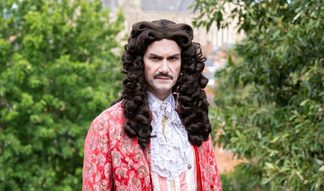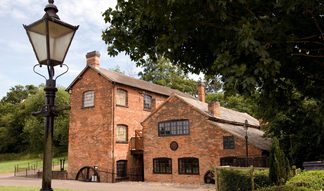The Visit Historic Worcestershire project is being brought to life by a cast of characters who embody the county’s most influential moments in history.
Each figure represents a different theme – from industry and innovation to royalty, democracy, and the arts.
Discover the stories of Mr Lea & Mr Perrins, Oliver Cromwell, King Charles II and Sir Edward Elgar – and see how their legacy continues to shape Worcestershire today.
Mr Lea & Mr Perrins
In 1837, John Wheeley Lea and William Henry Perrins created a condiment that would become famous worldwide – Worcestershire Sauce. Nearly two centuries later, the sauce remains one of the county’s greatest exports.
By the end of the 19th century, the iconic orange label had been added to every bottle to help it stand out – a design that has hardly changed since. The company was granted the Royal Warrant in 1904, which it still holds, and its Worcester factory has been in operation since 1897. Despite being taken over by the British Army during the Second World War and surviving a devastating fire in 1964, production continues today.
Lea & Perrins’ sauce is now sold in more than 130 countries, enjoyed in kitchens, restaurants, and bars across the globe.
Our characters, Mr Lea & Mr Perrins, represent Worcestershire’s industrial heritage – from Redditch’s world-leading needle making and Worcester porcelain to the county’s modern-day technology and innovation.
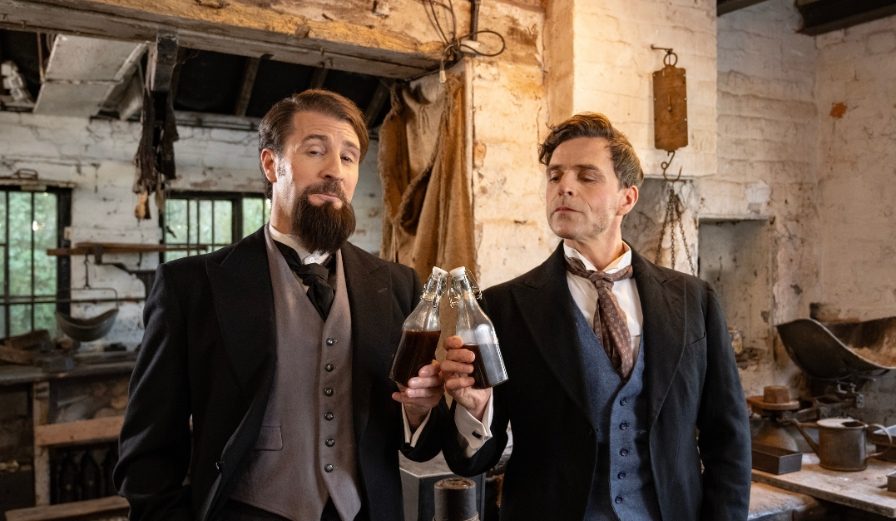
Oliver Cromwell
The Battle of Worcester, fought on 3 September 1651, is often described as Oliver Cromwell’s greatest victory. The conflict saw a largely Scottish army under Charles II face Parliamentary forces commanded by Cromwell.
At the time, Worcester was held by Royalist troops. Cromwell launched a two-pronged attack that decisively crushed the Royalist cause. With the defeat went any final hope of restoring Charles to the throne by military means. Charles himself narrowly escaped capture, fleeing into exile in France. The Civil War was effectively over.
In the Visit Historic Worcestershire project, Cromwell represents the themes of democracy and liberty.
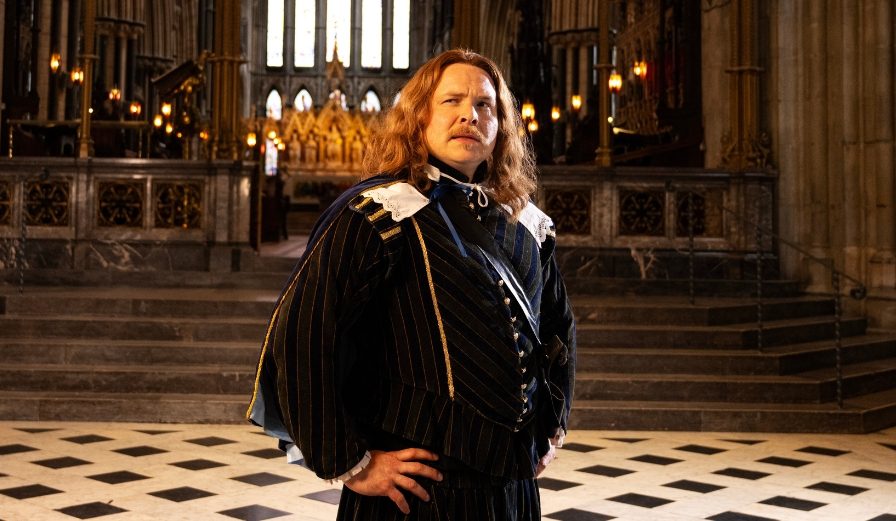
King Charles II
King Charles II stood against Cromwell at the Battle of Worcester. His dramatic escape after defeat is one of the most memorable episodes in the city’s history.
As Royalist defences collapsed at Sidbury, Parliamentary cavalry came close to seizing him. With Cromwell’s troops pouring through Worcester’s gates, escape seemed almost impossible. Yet Charles managed to slip away and begin his journey into exile – a tale that has become legendary.
Our Charles II character symbolises Worcestershire’s rich royal connections.
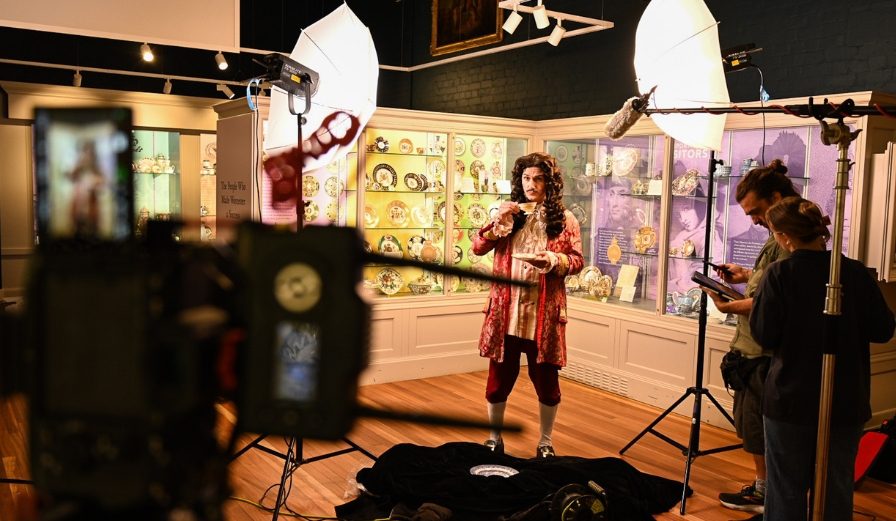
Sir Edward Elgar
Sir Edward Elgar, born near Worcester in 1857, remains one of the county’s most celebrated figures. His instantly recognisable image, complete with moustache, is matched only by the enduring impact of his music.
Elgar’s works, including the Enigma Variations and Pomp and Circumstance Marches, earned him international acclaim, yet Worcestershire always provided the strongest inspiration. The Malvern Hills shaped the mood and character of much of his work.
Elgar represents not only musical brilliance but also the broader tradition of creativity that continues to flourish across Worcestershire.



